Today, many people use social media for review. That’s a huge number – over two billion people! There are over seventeen social media platforms where you can engage with the audience. Just having a Facebook page isn’t enough anymore. Now, your customers are on multiple platforms, and they want you to be too.
Each social media site is unique and excels at different things. Some do well in certain fields. So, it’s really important to choose the right social media platform for your business.
In this guide, we’ll help you understand how to choose the right social media platform for your business and explain why using social media marketing helps your business achieve its goals.
What To Consider When Choosing The Right Social Media Platform For Your Business?
1. Knowing Your Audience
First, know your audience. The more detail you have, the better you can decide where to focus. Consider the following questions:
- Who usually buys from you?
- What age are you in?
- How many men or women are there?
- With their income and educational level?
- What other things are they interested in besides your products or services?
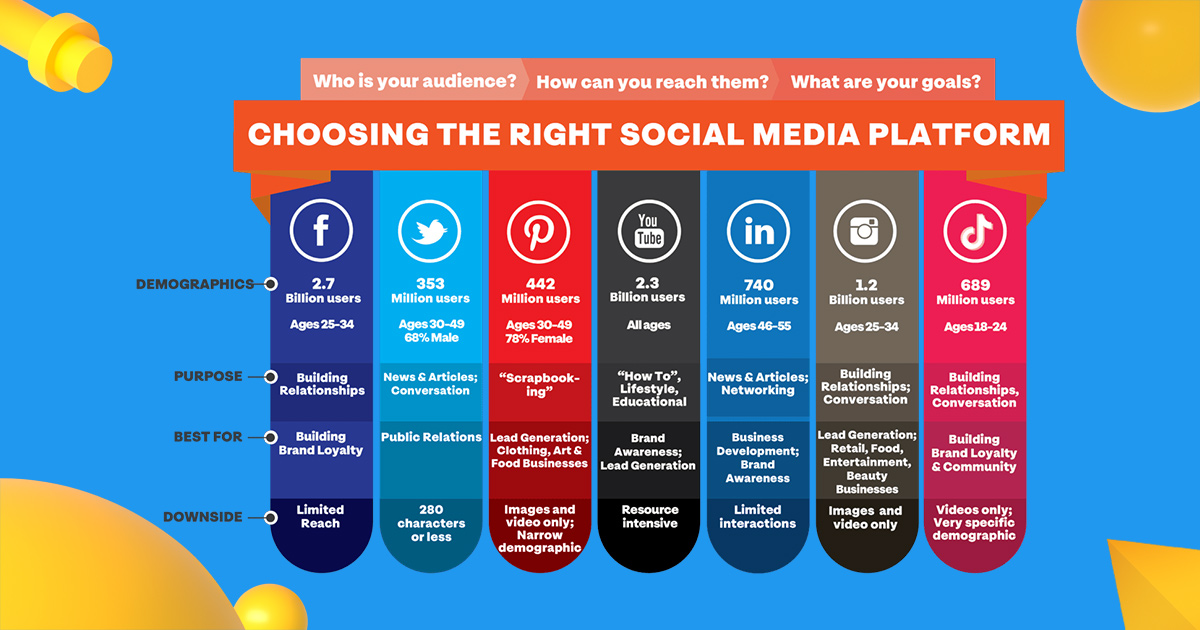
Demographic Analysis
It’s important to understand the demographics of your audience. This includes age, gender, location, income and level of education. Each social media platform appeals to a different demographic, so knowing who you want to reach will help you narrow down the best strategies.
Psychological research
In addition to demographics, psychoanalysis is about understanding your audience’s attitudes, interests, and behaviors. This deep insight allows you to create more targeted and engaging content that matches your audience’s values and lifestyle.
Behavioral analysis
Behavioral analytics look at how your audience interacts with social media. This includes their product categories, peak active times, and purchasing behaviors. For example, platforms like Instagram and TikTok are highly visible and appealing to users who prefer multimedia content.
Where should you find your audience?
Understanding your audience size and activity will help you develop the best social media strategy. For example, younger demographics tend to be more active on platforms like Instagram and TikTok despite having Facebook accounts.
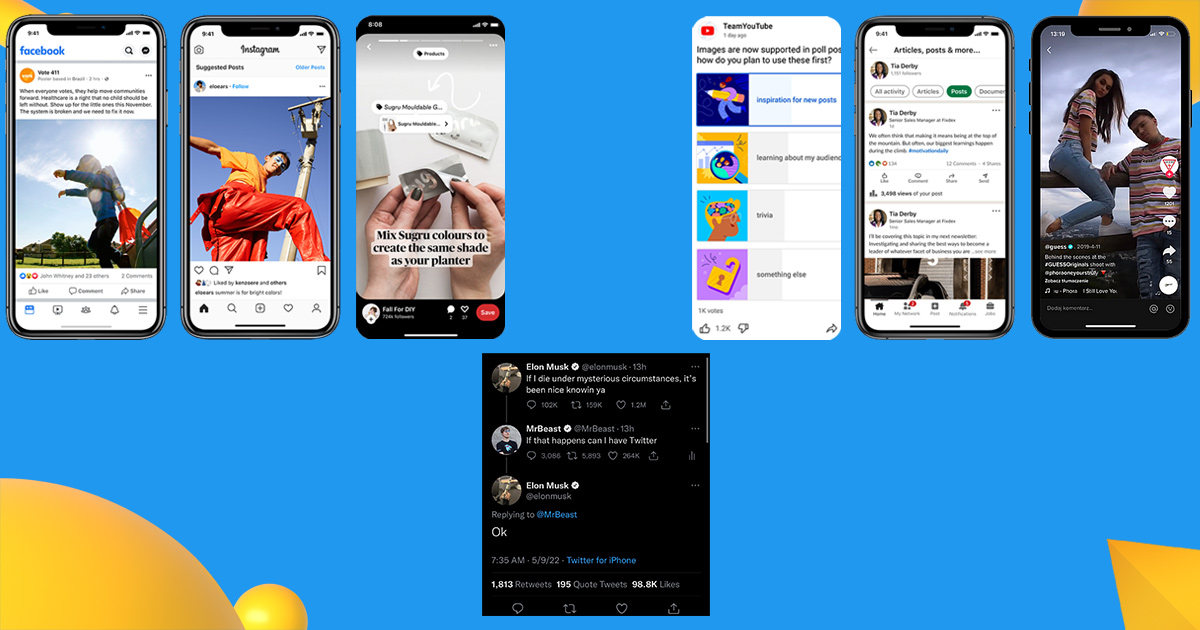
It is important to consider the platform’s user demographics and usage patterns. Below is a brief overview of the major social media platforms to help you identify your audience:
Facebook: Excellent for maintaining customer relationships, although acquiring new customers presents challenges due to its mass usage.
Twitter : Good for building brand visibility; Using hashtags makes it easier for the user to engage with current news and trends.
Pinterest: Mainly used by women, perfect for sharing information like recipes, fashion, and DIY projects.
YouTube : Not only is it a great platform for socializing but also as a search engine, suitable for “How To” videos, lifestyle vlogs, and educational content.
LinkedIn: Targets professionals aged 30-49, valued for B2B networking, social media marketing strategies and recruitment.
Instagram: growing rapidly, especially among teens; Suitable for businesses that emphasize visual elements such as art, food, retail and beauty.
TikTok: Known for its short videos, it is ideal for companies targeting a younger audience (18-24) to increase brand awareness.
Using multiple platforms can effectively boost your social media presence, engaging different audiences based on their platform preferences.
2. Considering Your Industry
Understanding your business’s industry is essential to choosing the most appropriate social media platforms. For example, if your company is in B2B and primarily develops software for healthcare professionals, visual platforms like Instagram or Pinterest may not be ideal due to the preferences of their professional audiences.
In such cases, platforms like LinkedIn or Facebook that cater to a wide range of professionals and offer specific ad targeting strategies would be more appropriate.
3. Understanding your Business goals
Social media platforms offer distinct advantages. Aligning social media goals with business goals is critical. Key objectives for marketers include:
- Increasing brand awareness (70%)
- Generating leads (59%)
- Boosting community engagement (48%)
Once you have established your main objectives, prioritize platforms that align with these objectives. For example, if your goal is to increase brand awareness, focus on platforms that make it easier to better reach potential customers.
Identifiying business objectives
Before choosing a social media platform, it’s important to know the purpose of your business. These objectives can range from increasing website traffic to increase brand awareness to generating leads and increasing sales. Clearly defined objectives will guide your platform choice and strategy.
Aligning social media strategy with business objectives
Aligning your social media strategy with your business goals ensures that your efforts are focused and effective. For example, if your goal is to improve customer service, platforms with strong messages like Facebook or Twitter might be ideal. Conversely, Instagram and Pinterest can be better suited for brand awareness and visual engagement.
4. Economic analysis of competitors
Competitive analysis in your industry can provide valuable insights. Identify key social influencers or brands, their number of followers, and their base of support. Engaging a social media expert can facilitate a thorough competitive analysis.
Understanding competitor strategies can inform your platform choices, guide decisions on influencer collaborations, brand ambassadorships, customer acquisition strategies and brand positioning strategies
5. Budget considerations
Before you start a social media marketing plan, check your budget limits and the resources available on different platforms. For example, while Instagram ads can cost between $0.20 and $6.70 per response, Facebook ads typically cost between $0.94 per click and $12.07 per 1,000 views.
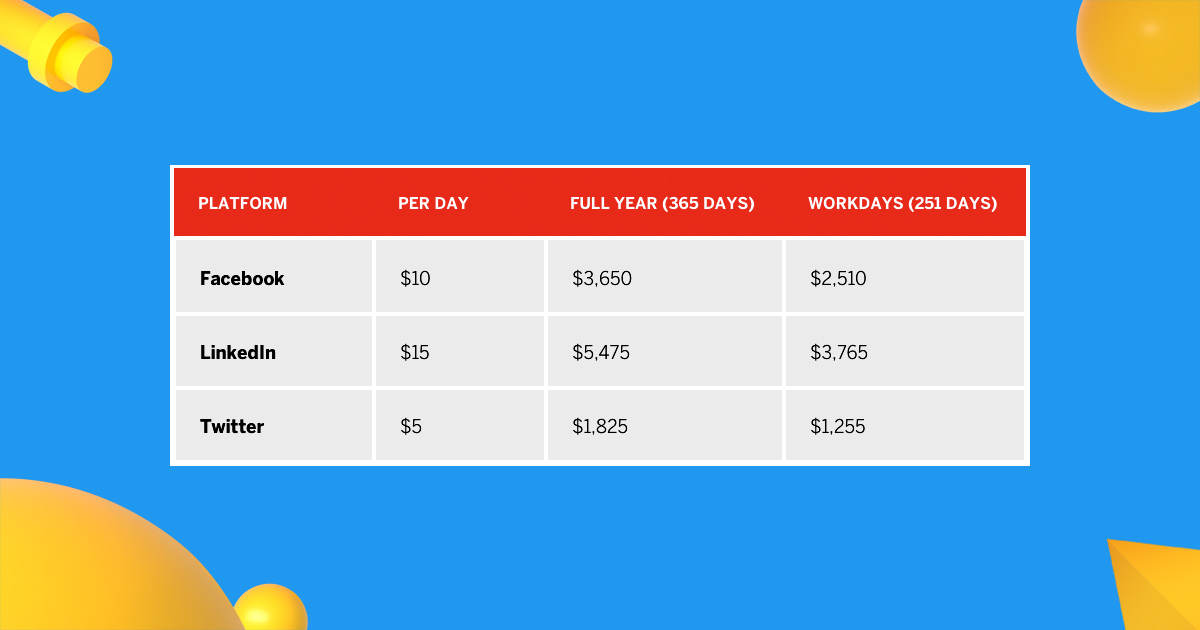
In addition to paid advertising, consider using influencer partnerships as cost-effective channels that tend to speak more authentically to audiences.
Adding paid campaigns to existing channels such as email marketing increases customer engagement, creating a unified marketing strategy that resonates with your audience
6. Content Type and Format
The type of content you create is important when choosing which social media sites you can use. Think about what you want to share – like images, videos, text, or charts. Different sites are good for different things:
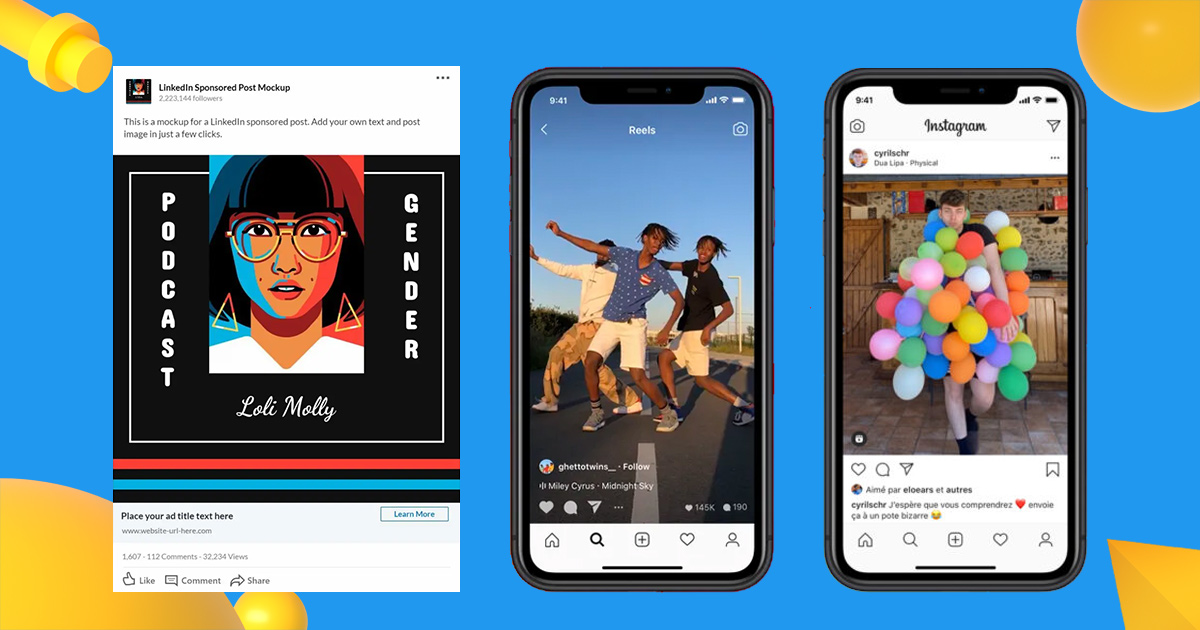
- LinkedIn is a great choice if you want to share updates, articles, or detailed documents for businesses. Twitter is also great for sharing these with other professionals. Here are some examples of how companies share content to generate ideas.
- Try Instagram, TikTok or Snapchat for short videos that appeal to young people. For longer videos that will appeal to more people, Facebook and Twitter are great. Remember YouTube too – it’s the second most searched site every month.
- If you want to post photos and sell products directly to consumers, try Pinterest. Almost everyone on Pinterest tries new things they see there. Instagram is great if you want to visually tell a story about your brand.
- LinkedIn’s platform for writing articles can showcase your business to nearly 800 million people, helping you find out what you’re talking about. The medium is also good for stories, especially if you want to generate more outreach.
Understanding these sharing options will help you choose the best venues for your social media strategy.
7. To keep updated on Trends
Social media features are evolving rapidly. You can adapt your strategies and maintain a competitive edge by learning about emerging trends:
- Video content: Platforms like TikTok and Instagram Reel are leading the way in short video formats, which are particularly popular with younger audiences.
- Temporary Content: Platforms that offer ephemeral content elements such as Instagram posts or Snapchat photos encourage increased audience engagement by creating a sense of urgency
- Social commerce: Online consumer behavior is being transformed by integrating marketing features on platforms such as Instagram and Facebook.
Adapting to these trends allows you to better engage your target audience and optimize content strategies across social media channels.
Which Social Media Platform Should You Choose For Your Business?
With over 2.8 billion monthly active users, Facebook is the largest social media platform. It offers robust advertising tools, advanced analytics, and the ability to create a variety of content including promotions, articles and live video.

Facebook strategy : To succeed on Facebook, companies must focus on creating a mix of content, using Facebook ads, and connecting with their audience through text and messaging.
Regularly posting Facebook Insights, refining strategies and implementing them is essential.
Instagram is the first visual platform with a strong emphasis on images and video. It has over 1 billion monthly active users and is particularly popular with younger audiences.
Features like Stories, IGTV, and Shopping make it ideal for brands looking to showcase their products visually.

Instagram strategy: The visual nature of Instagram requires high-quality photos and videos. Use Stories, IGTV, and Reels to share behind-the-scenes content, tutorials, and user-generated content to increase engagement.
Influencer participation is also effective on this platform.
Twitter is known for its real-time updates and concise content, with more than 330 million monthly users. It also works well for interacting with audiences through customer service, industry news, trending topics and hashtags.
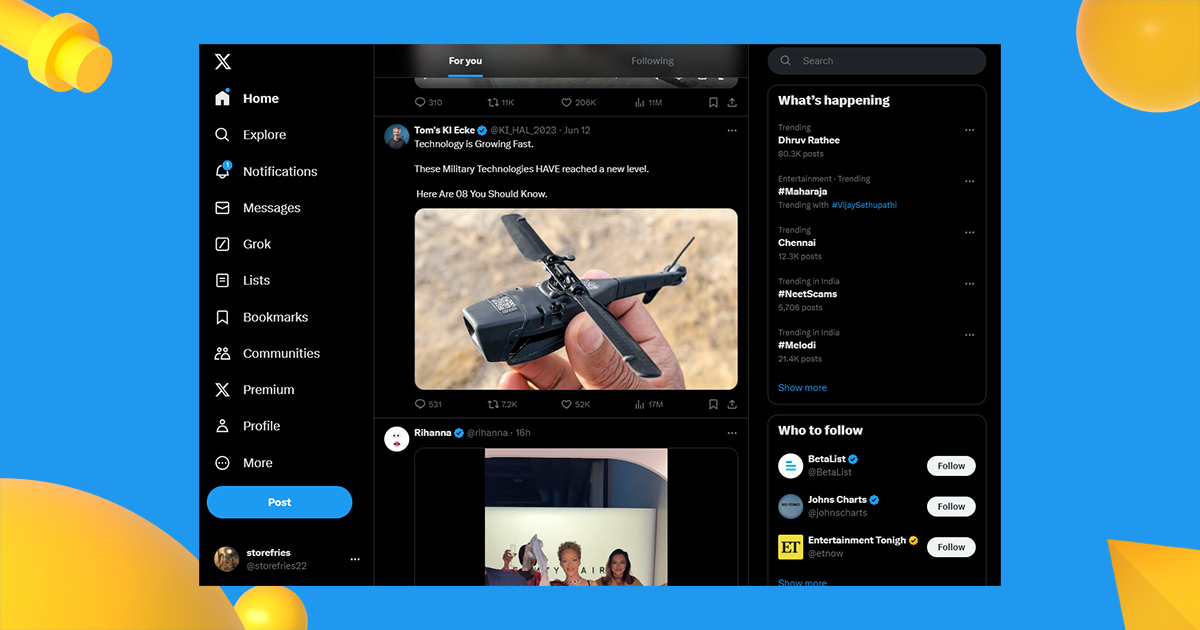
Twitter strategy: On Twitter, staying relevant and engaging with timely tweets is key. Use hashtags to join ongoing conversations and use Twitter Ads to reach a wider audience.
Fast responses to comments and messages improve customer service.
LinkedIn is the leading platform for professional networking, with more than 740 million users. Offering tools for information sharing, networking, and professional development, it’s ideal for B2B marketing, thought leadership, and recruitment efforts.
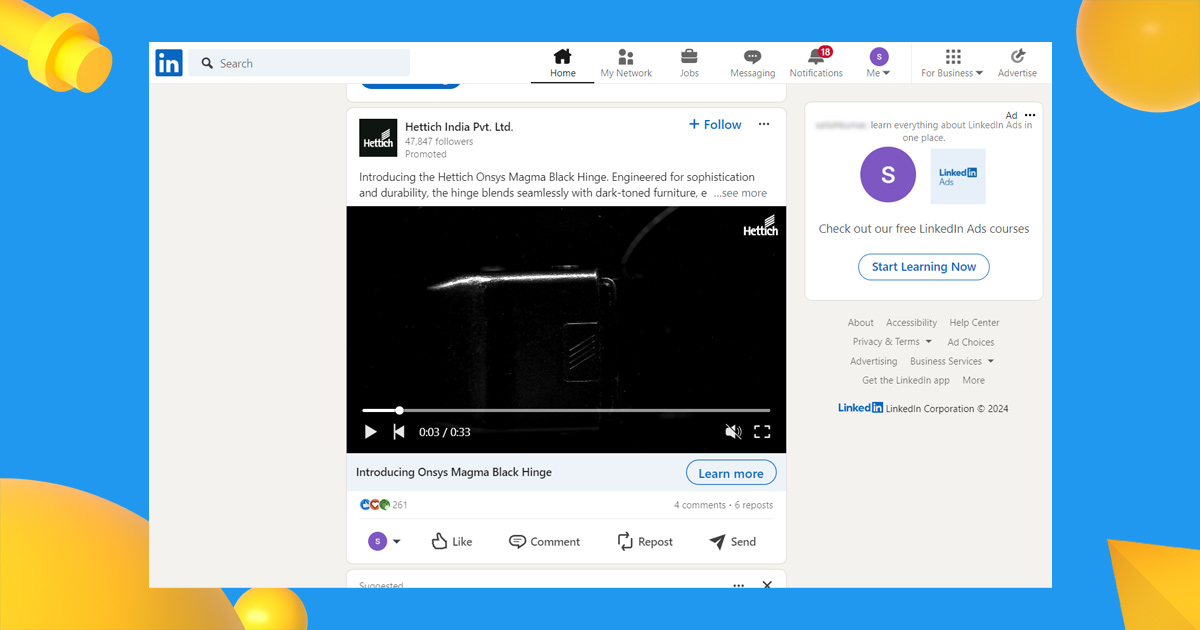
LinkedIn strategy: LinkedIn content should be professional and deliver value. Sharing industry insights, case studies, and industry trends can help position your brand as a thought leader.
LinkedIn Ads and Sponsored InMail allow you to target a specific demographic of employees.
Pinterest is a visual medium with over 450 million monthly users. It is particularly popular for lifestyle, fashion, home décor and DIY products, making it suitable for brands in these niches.
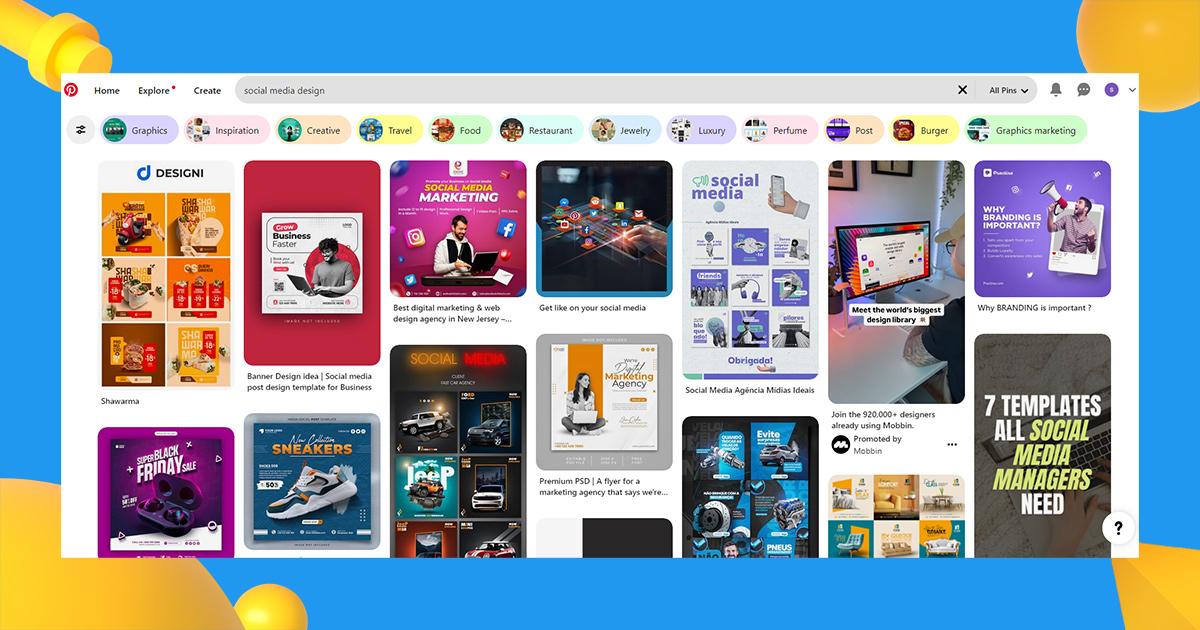
Pinterest strategy: To create beautiful visual pins for Pinterest that link back to your website or online store.
Organize your pins on themed boards and use Pinterest Ads to maximize visibility. A nice pin gives more context to the pin, making it more interesting.
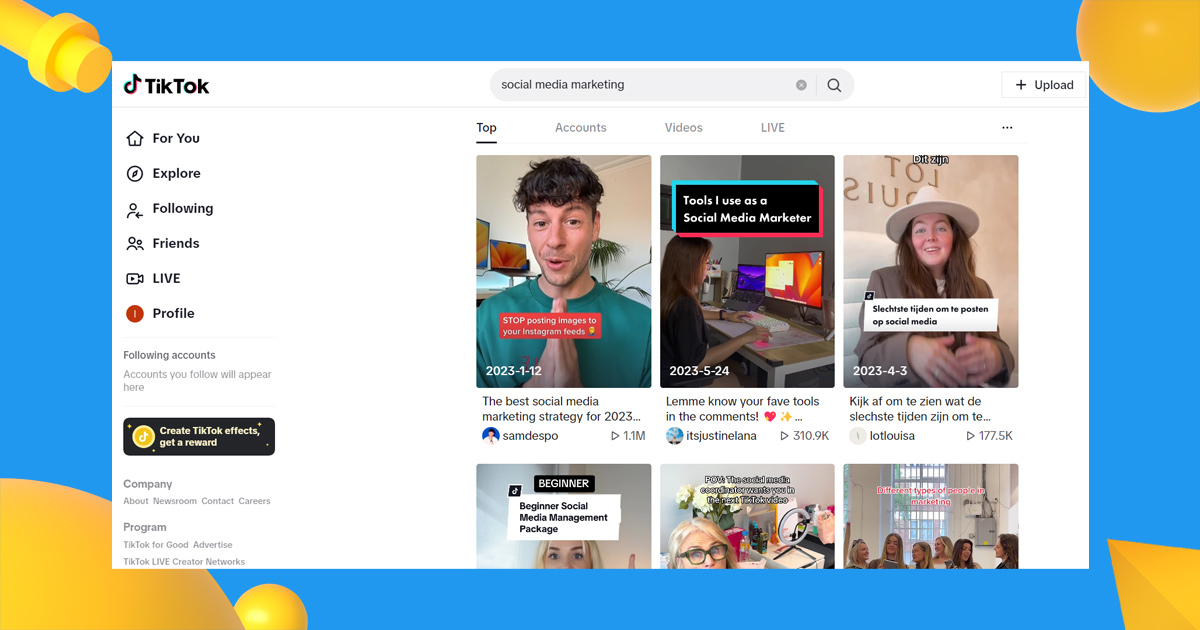
TikTok is a rapidly growing site with over 1 billion monthly users, known for its short video content. It’s particularly popular with Gen Z and is ideal for brands looking to create viral content and engage younger audiences.
TikTok strategy: Creativity and honesty are key on TikTok. Participate in trending challenges, create short engaging videos, and collaborate with influencers.
TikTok Ads with In-Feed Ads and Branded Hashtags can increase your reach.
YouTube
With over 2 billion monthly subscribers, YouTube is the go-to place for video content. It supports long-form video, live streaming, and has robust monetization options, making it suitable for brands that can produce high-quality video content.

YouTube strategy: YouTube requires consistent and high-quality video content. Create tutorials, product reviews and behind-the-scenes videos to keep viewers entertained.
Take advantage of YouTube SEO by optimizing video titles, descriptions and tags. Using YouTube Ads can also increase visibility.
Snapchat
With over 500 million monthly users, Snapchat is known for its ephemera and augmented reality. It is particularly popular with younger audiences and effective for brands looking to create content that is appealing and timeless.

Snapchat strategy: Snapchat content should be interesting and engaging, using filters and AR features. Snap ads, story ads, and collection ads are effective in promoting products and services. Update your story regularly to keep the audience engaged.
Conclusion
Choosing the right social media platform for your business is important. There are many platforms available, each with their own advantages. It’s important to understand your audience, your industry and what you want to achieve.
Social media can help your business in several ways. It can increase your brand’s popularity, help you learn about your customers, provide better customer service, and drive more traffic to your website. Not necessarily using any platform, but focusing on what will help your business the most.
By considering these factors, you can make a wise decision based on your business needs.


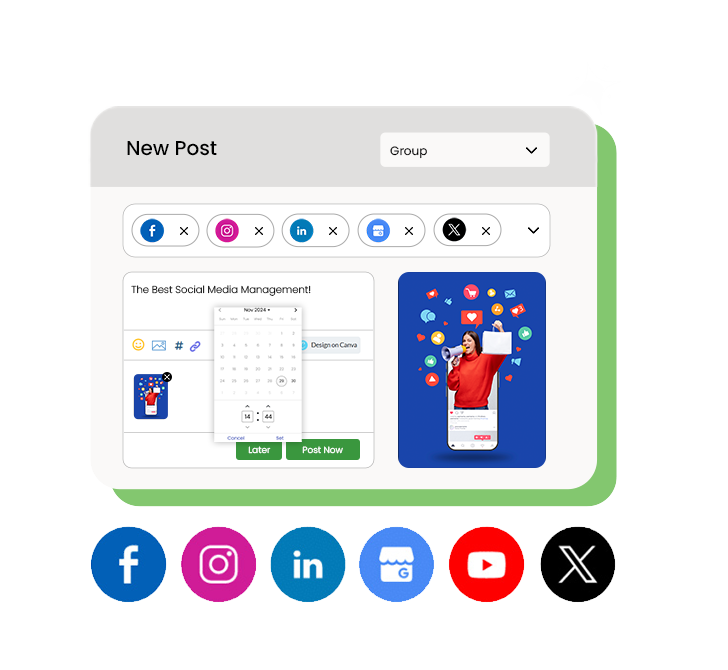
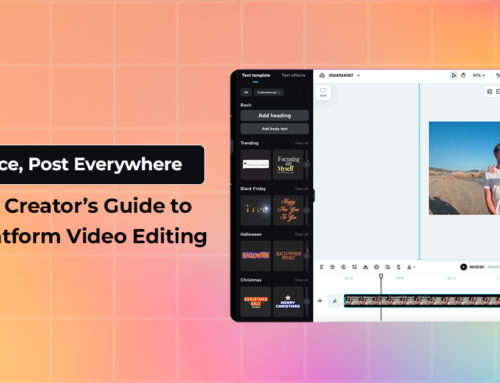

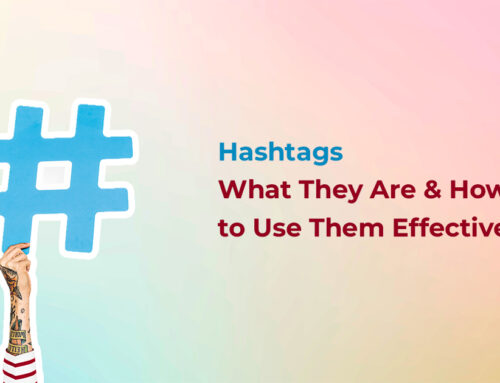


Leave A Comment